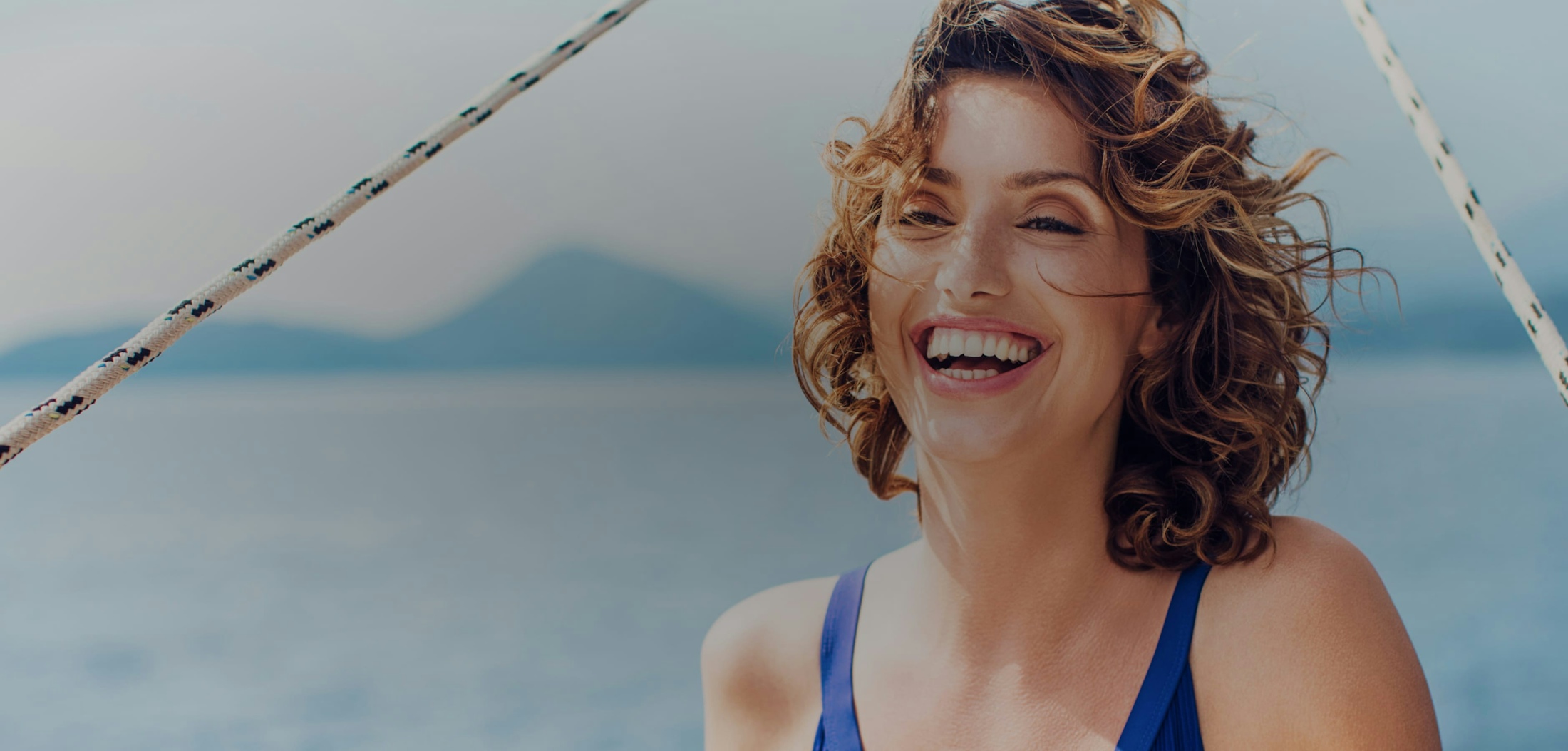
Over the last decade, nonsurgical facial rejuvenation procedures have made their mark in plastic surgery medical practices. Those in their late twenties or branching into their fifties and above have found that cosmetic injections are indeed an excellent tool in their box of anti-aging arsenal. While these cosmetic injections aren’t a substitute for surgical facial rejuvenation, they most definitely have their niche, and consumers are seeking them now more than ever.
With so many nonsurgical treatments on the market, one may need some navigation to be matched with the right facial rejuvenation treatment plan. While many of these treatments can be done in a non-medical setting, professionals agree that for safety and best treatment outcome possible, all cosmetic injections should be performed in a medical atmosphere such as a plastic surgeon’s office.
Cosmetic injections are viewed as a minimally invasive medical procedure.
Depending on the medical practice, a plastic surgeon may perform these cosmetic injections while others have handpicked their own registered aesthetic nurse to deliver them. In either case, the important factor in this is having a medical professional who has extensive education in the facial anatomy to deliver these injections.
Likewise their adeptness and knowledge will help guide patients toward the right cosmetic injection and the appropriate amount. Those working in the plastic surgery arena agree that the best course of treatment is one that produces subtle and natural looking results. The aesthetic mission is to make a patient look renewed.
That’s the ultimate goal in cosmetic injections – a sense of renewal as if one has just returned from a tropical vacation.
While cosmetic injections have been on the market for quite some time, it bears repeating what types of injections are commonly used and their targeted area of application.
Botox continues to be the leading injection chosen and used by both medical professionals and patients. With that said, here are the areas that Botox can enhance a more youthful canvas:
- Lines along the forehead
- Glabellar lines
- Crow’s feet
Botox helps suppress facial movement located on the upper portion of the face which creates these fine lines and wrinkles. When visiting a medical professional for treatment, they will actually ask a patient to contract the muscles around their eyes and forehead so they can map out the proper treatment areas.
As for fillers, such as Juvederm and Voluma, they help add volume to areas where lines and wrinkles appear to the lower and mid-portion of the facial canvas. Its main ingredient is hyaluronic acid, and it’s also utilized as an aesthetic tool to add volume to fat pads.
Areas where fillers are used include:
- Nasolabial folds
- Marionette lines
- Vertical lip lines
- Oral commissures
- Chin wrinkles
As mentioned earlier, cheeks can also be enhanced – the product often used for this is Voluma, and it can add youthful volume to this area.
Cosmetic injections have enabled individuals to have their own tailored rejuvenation pathway.

